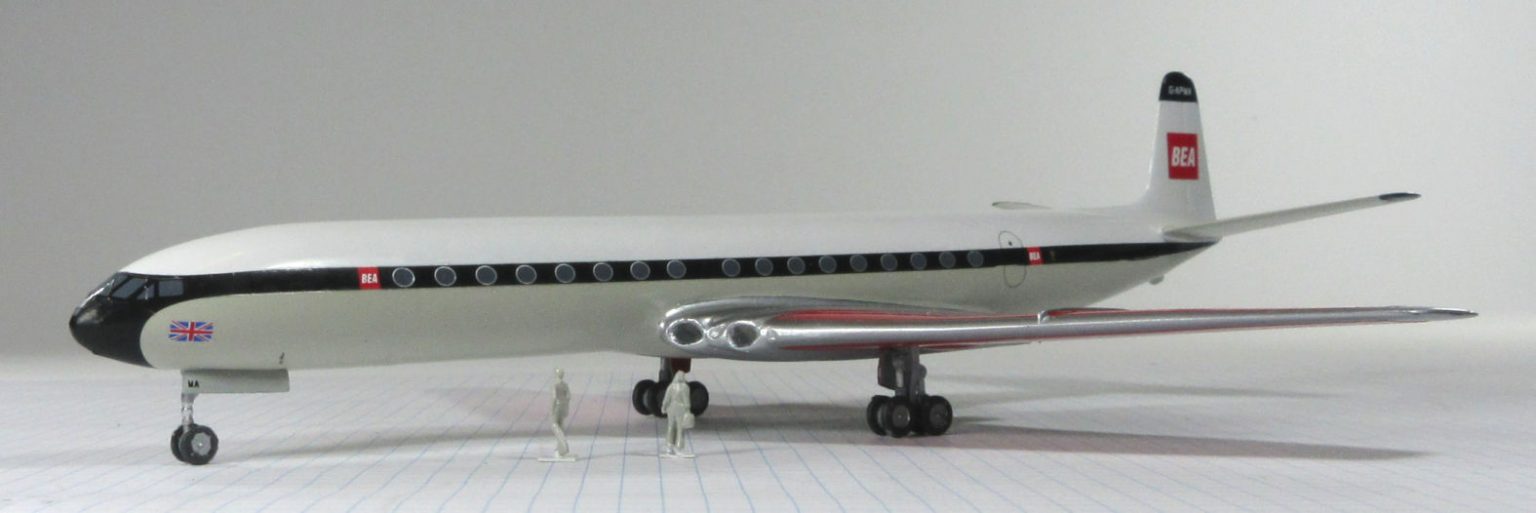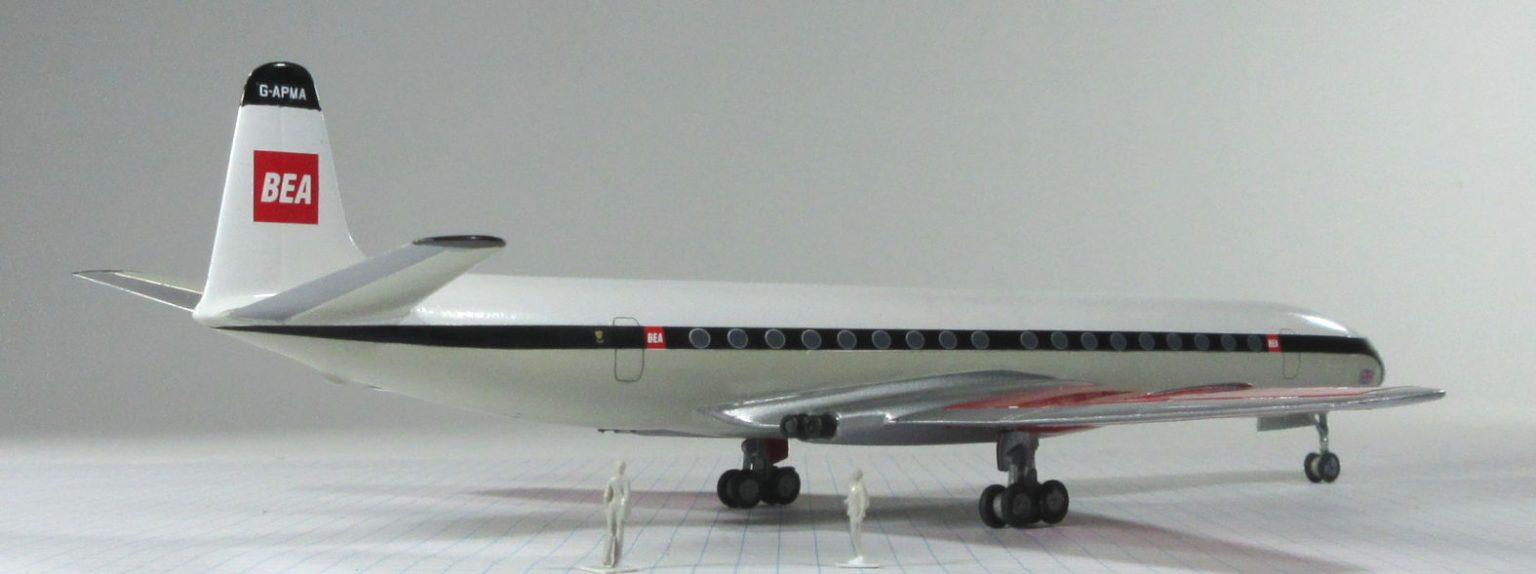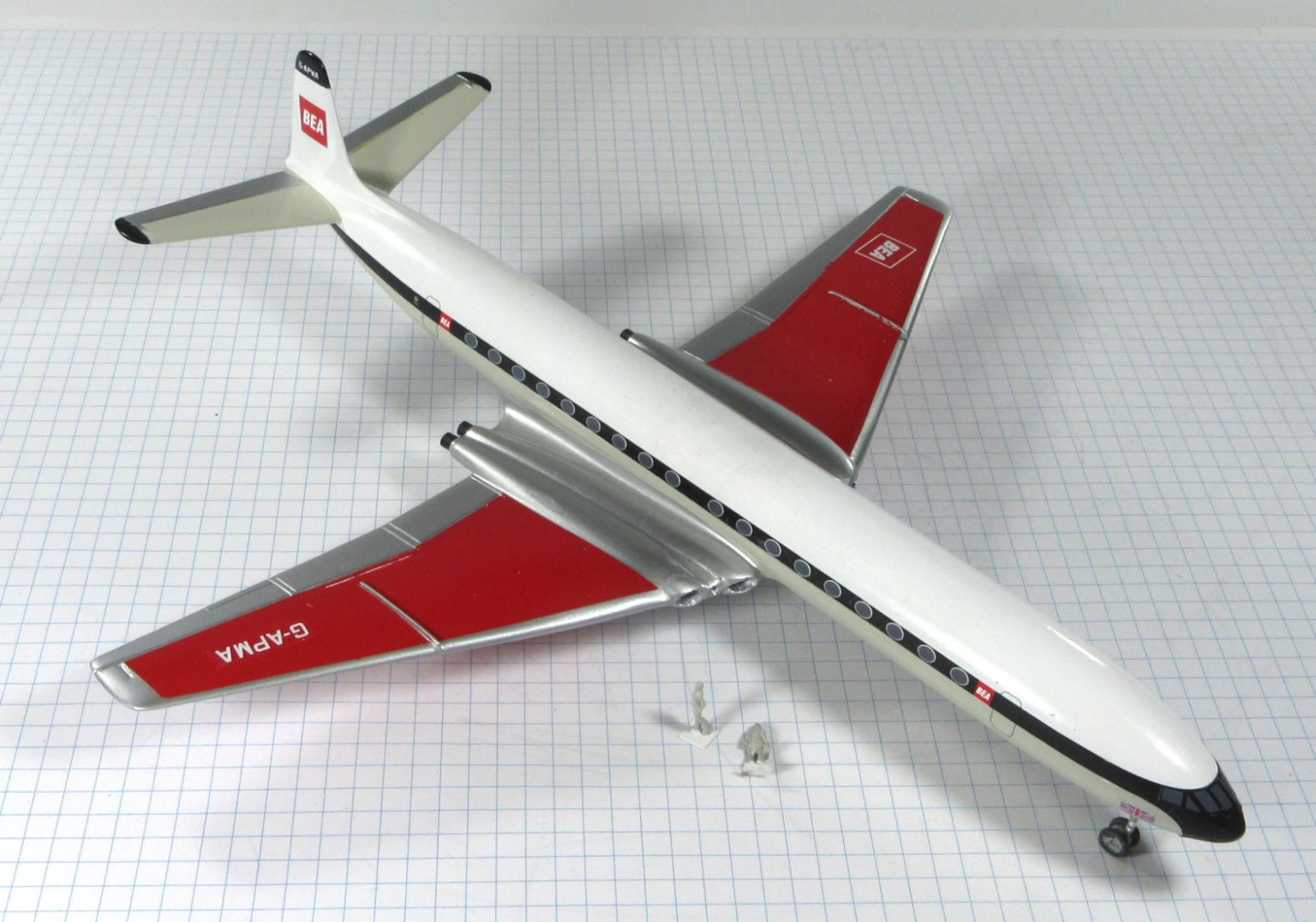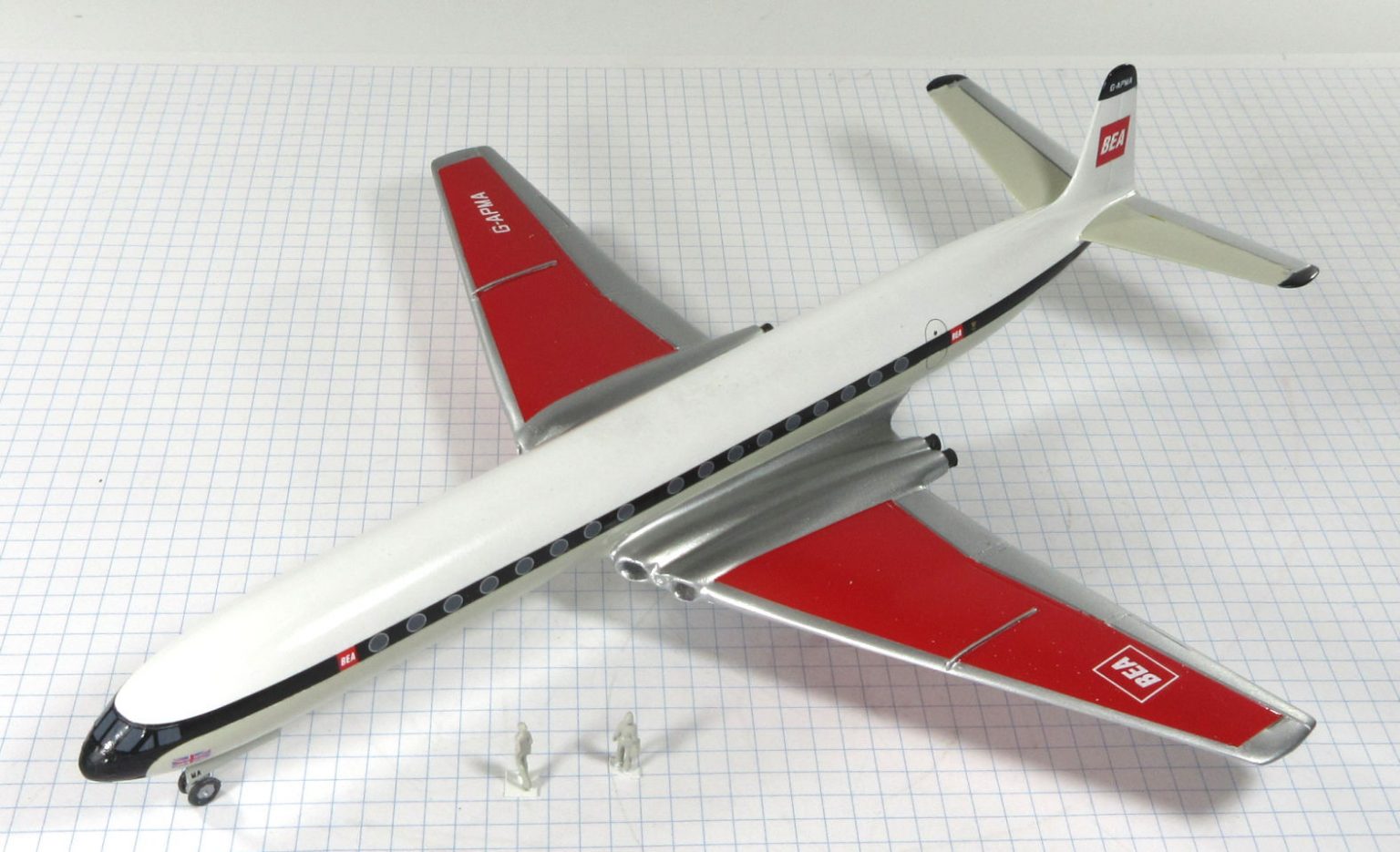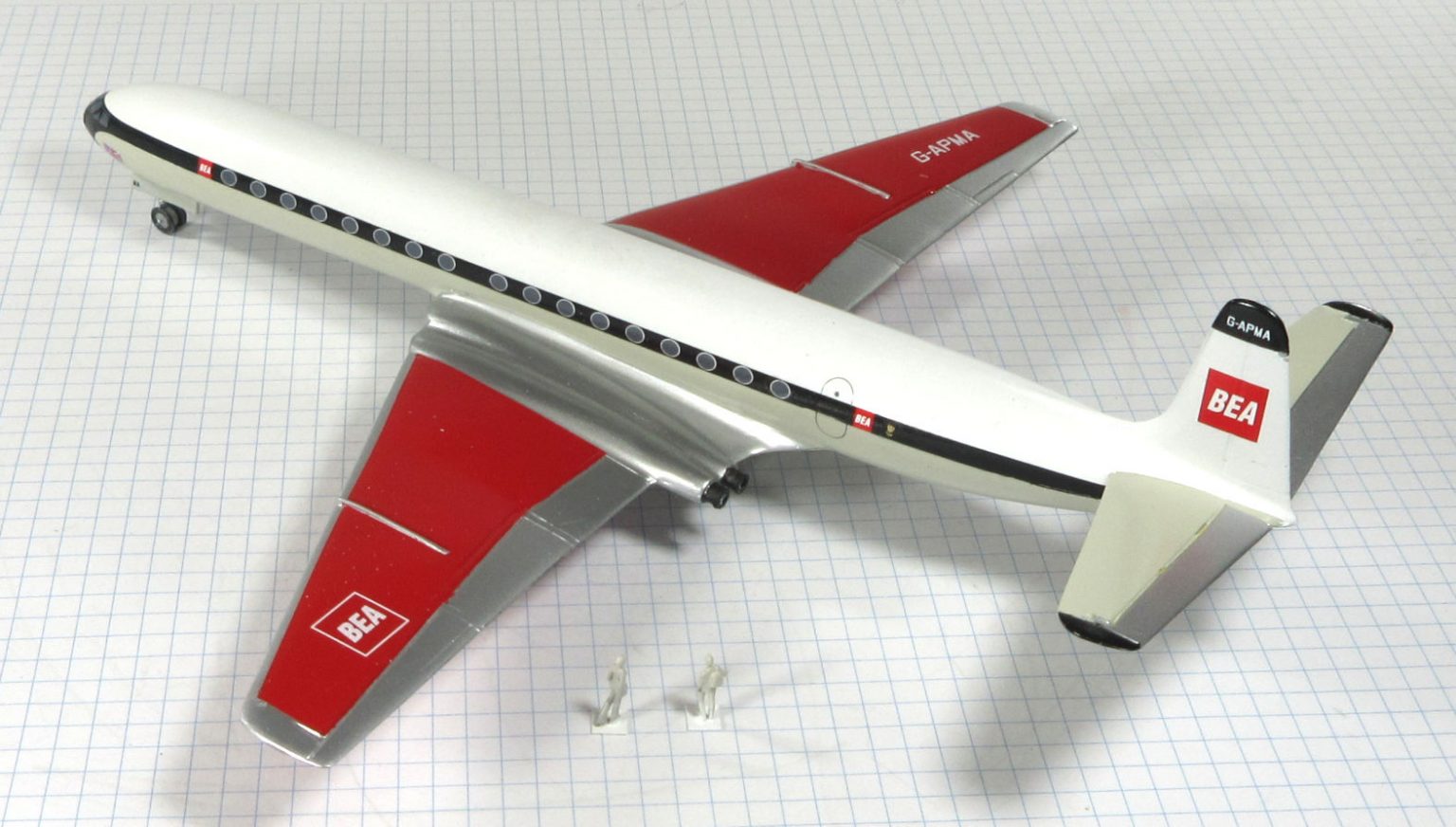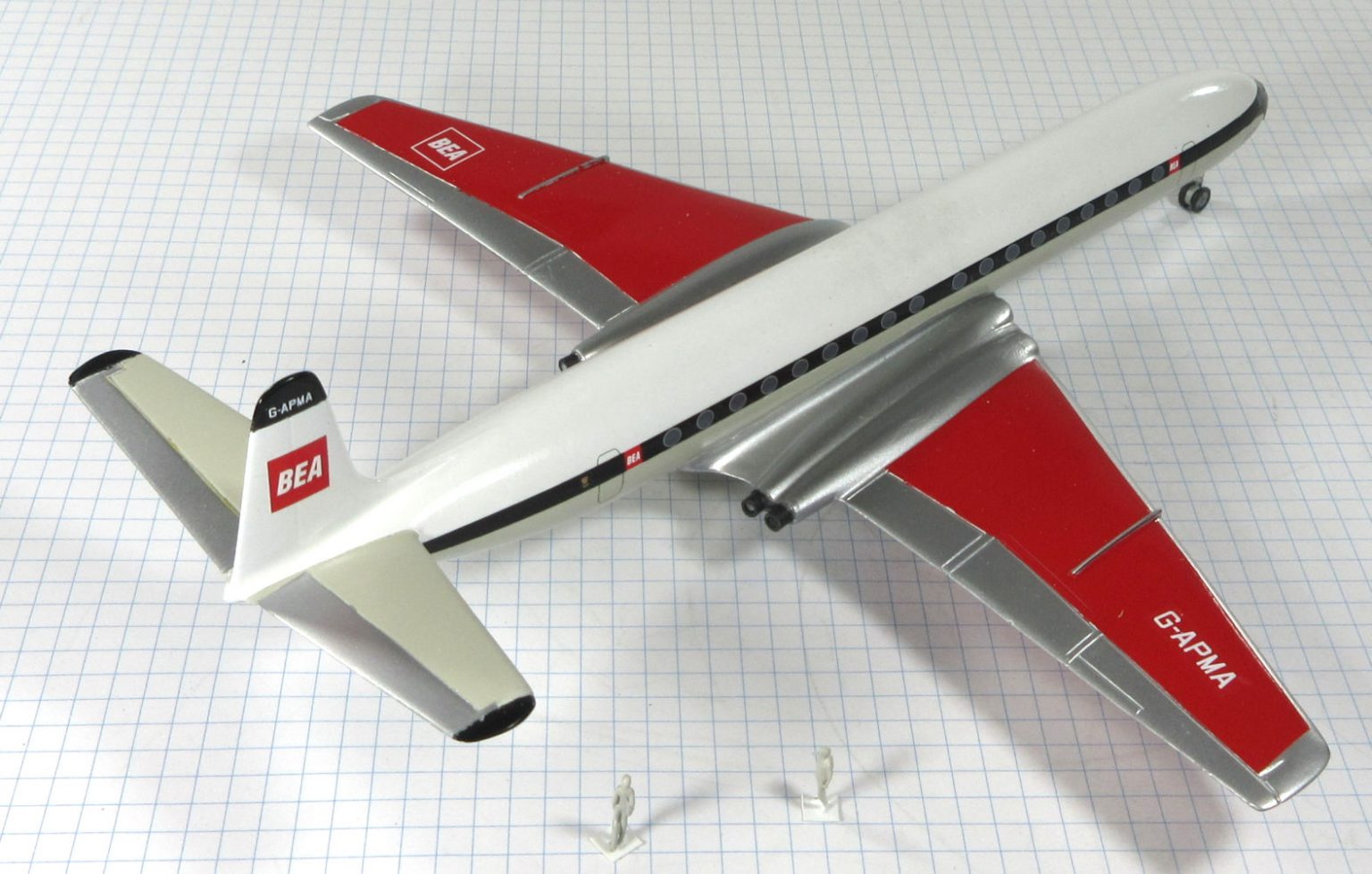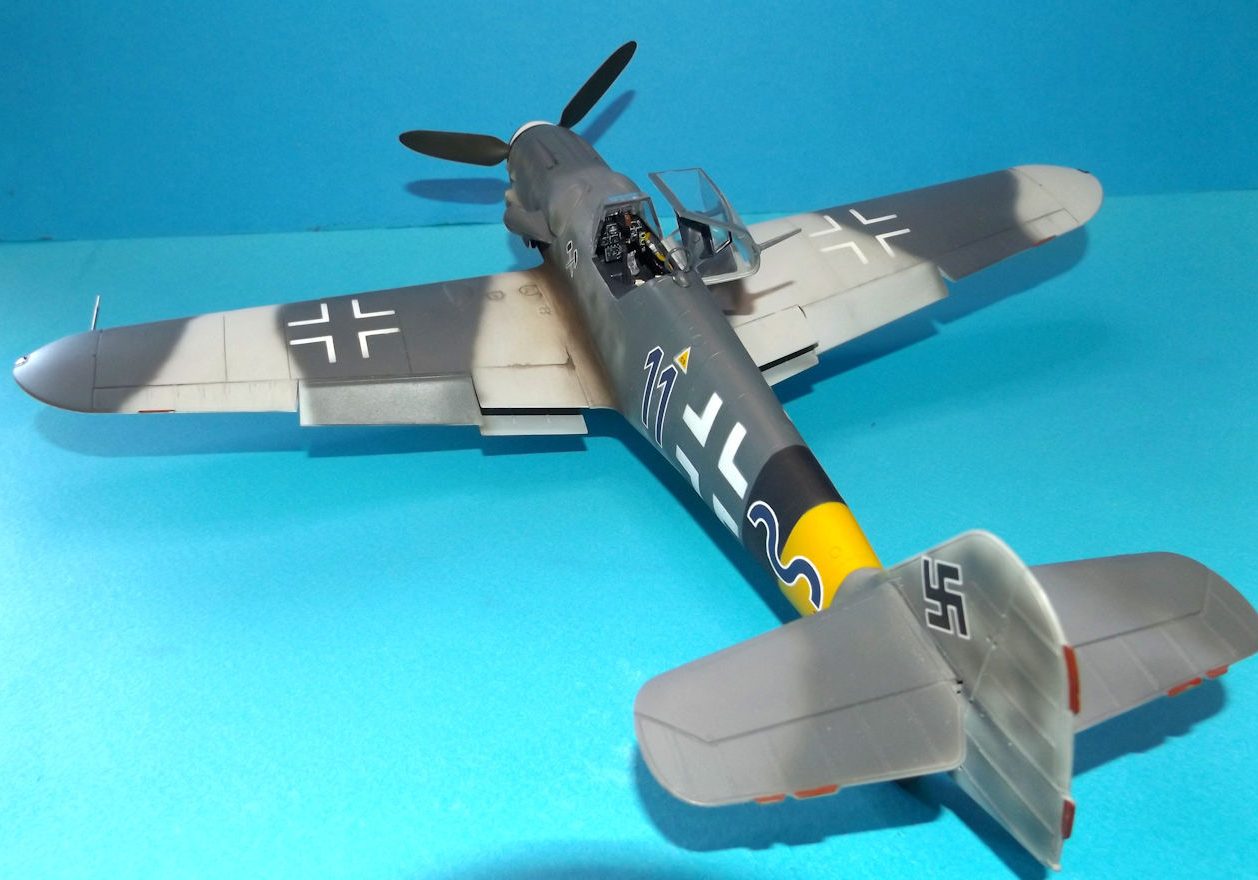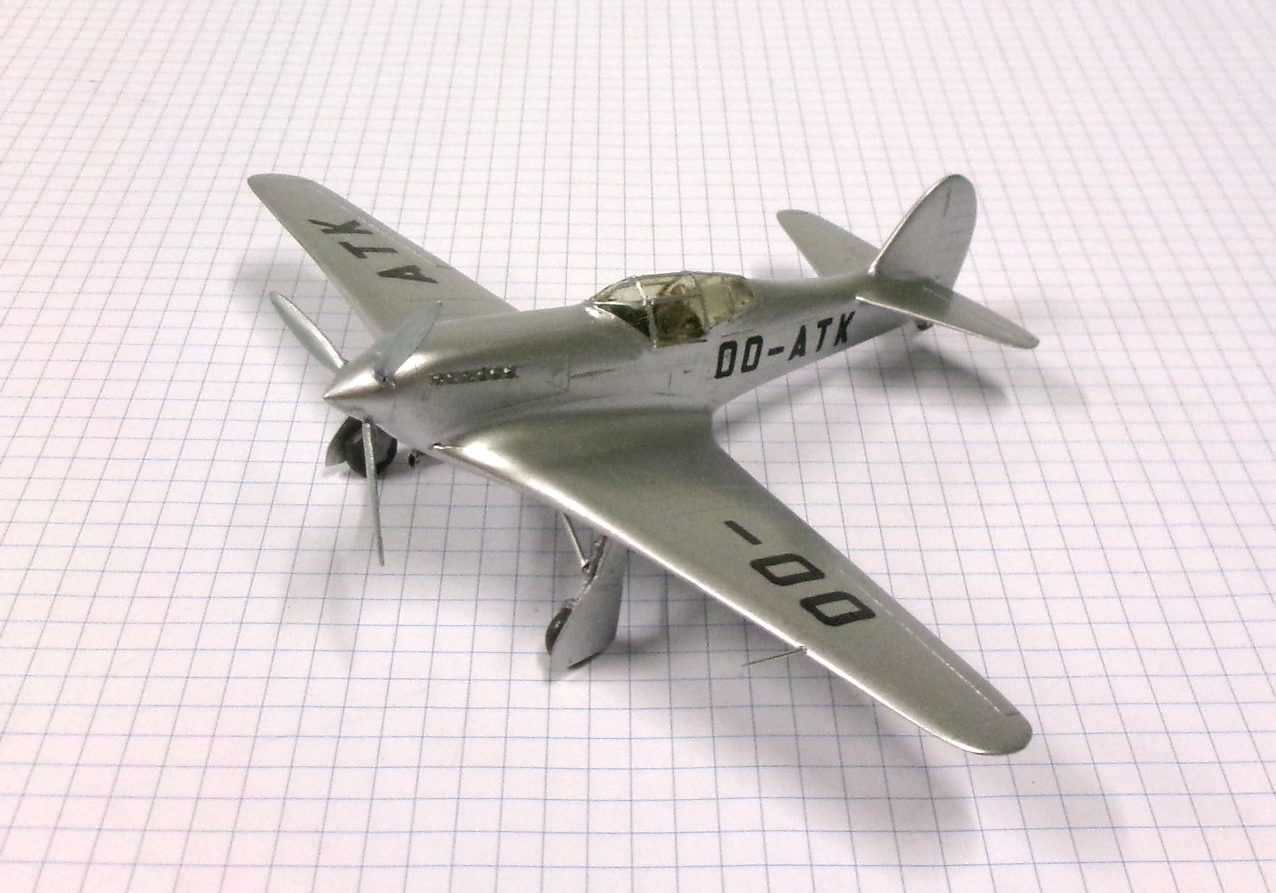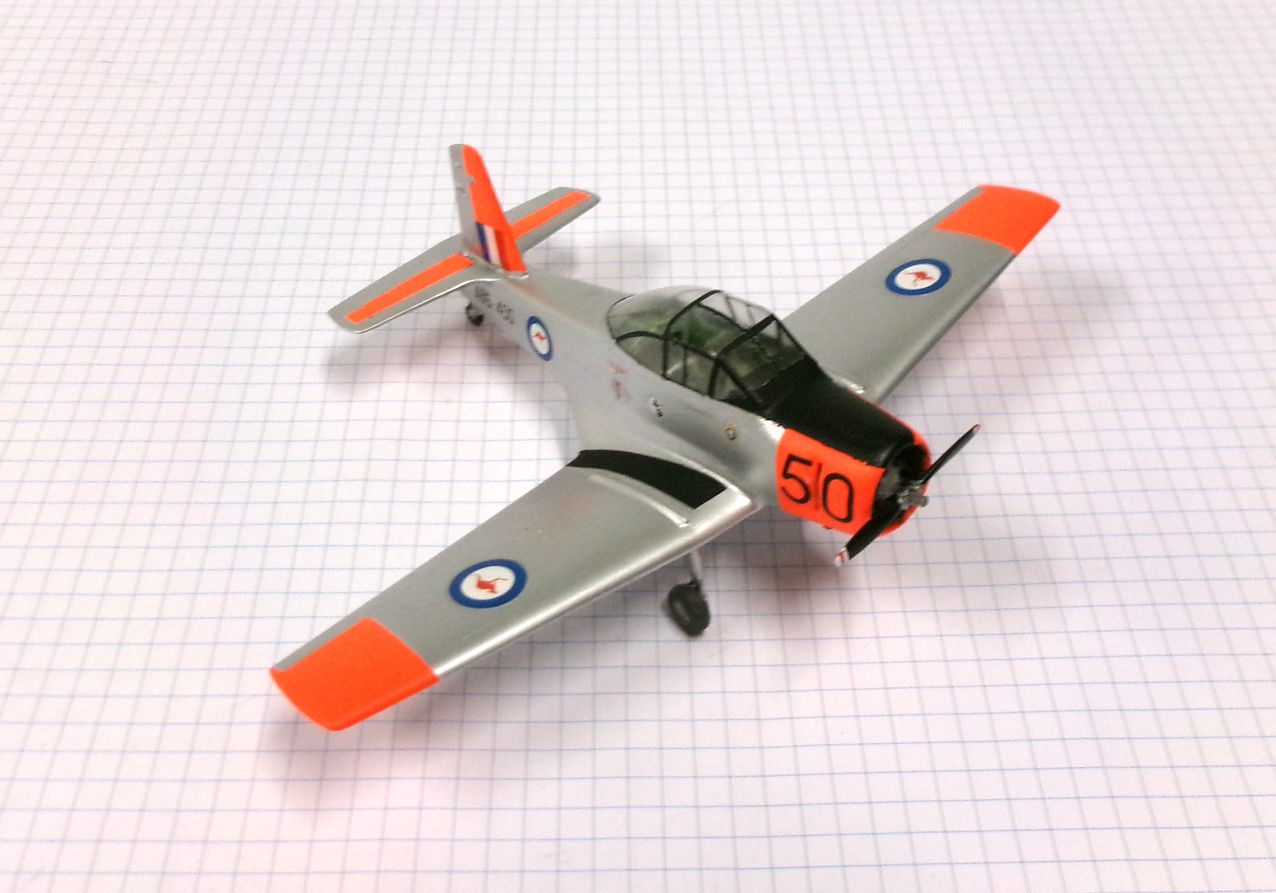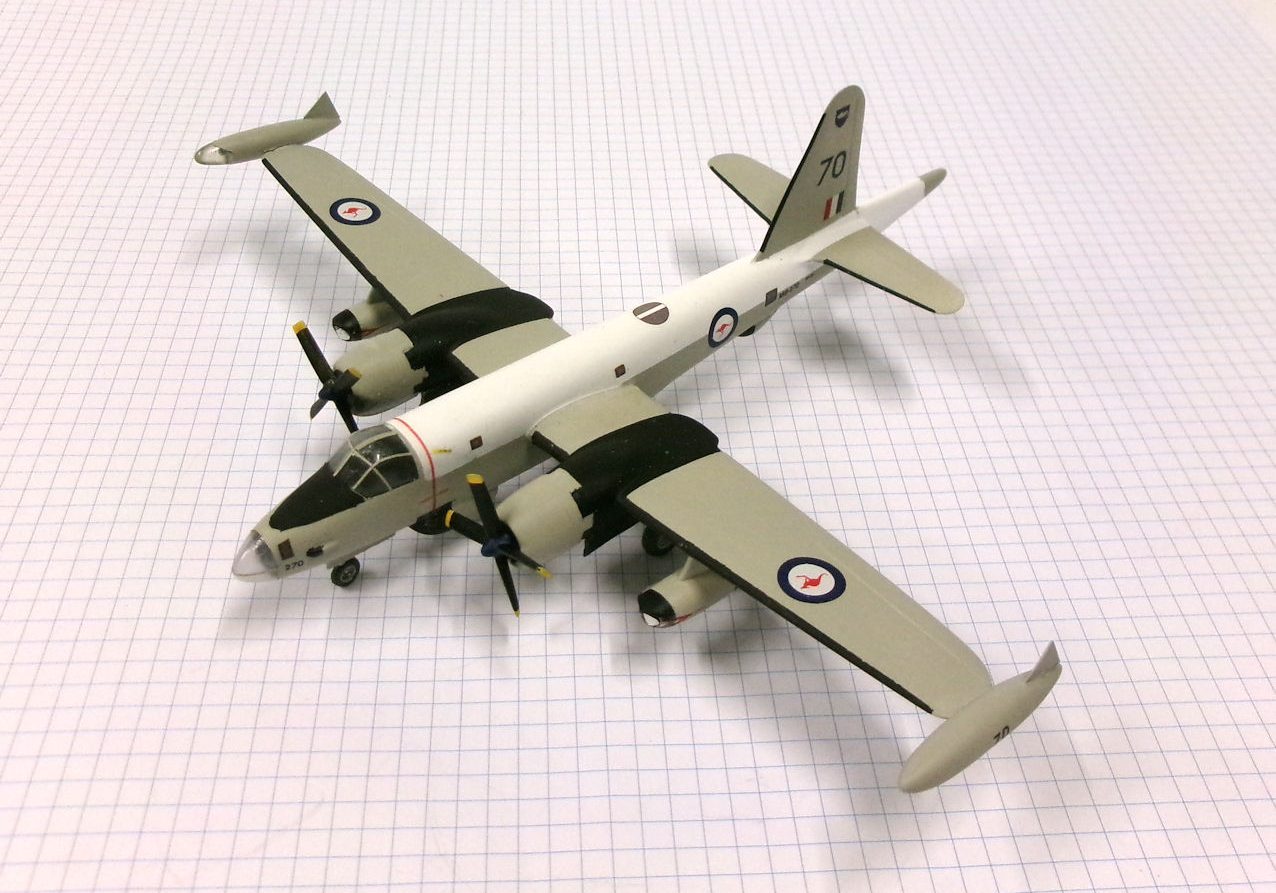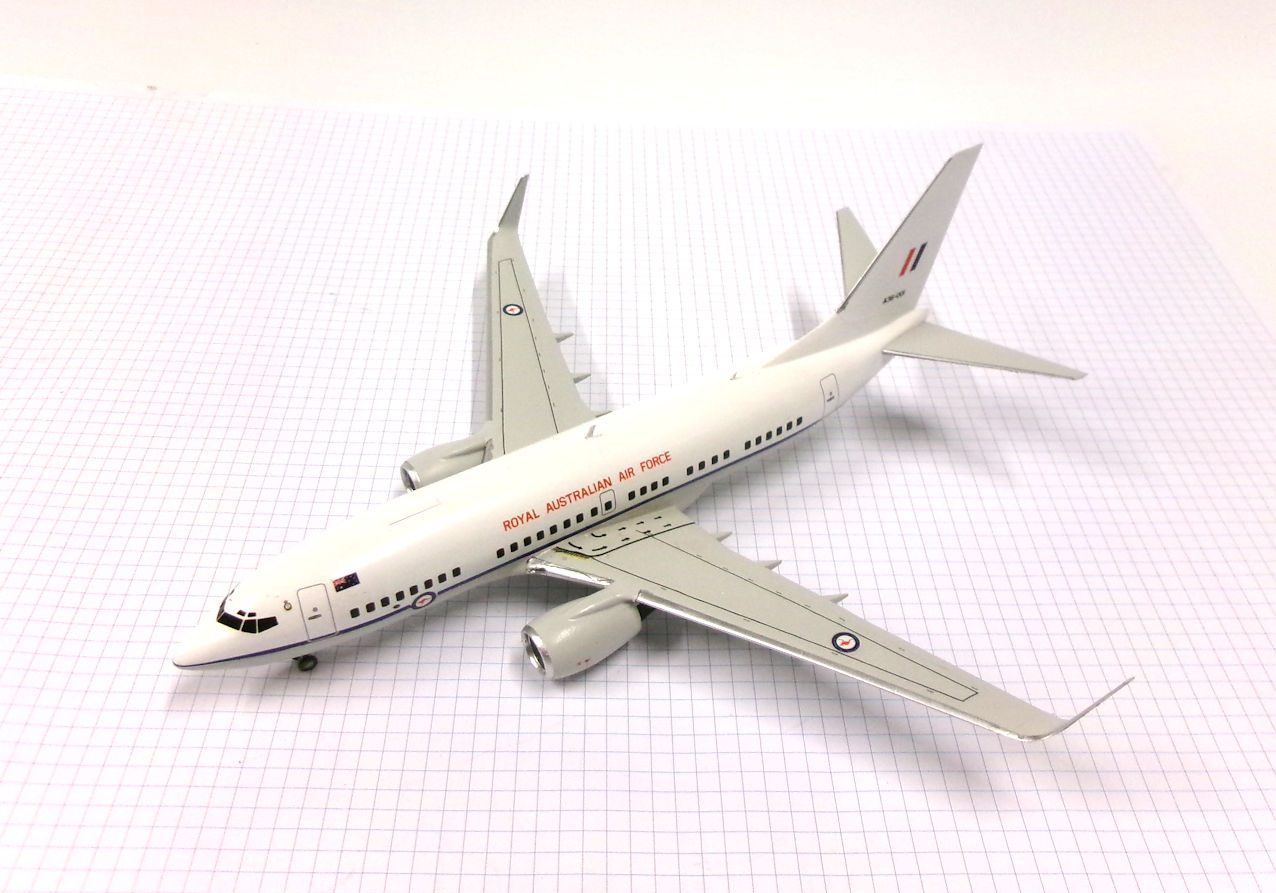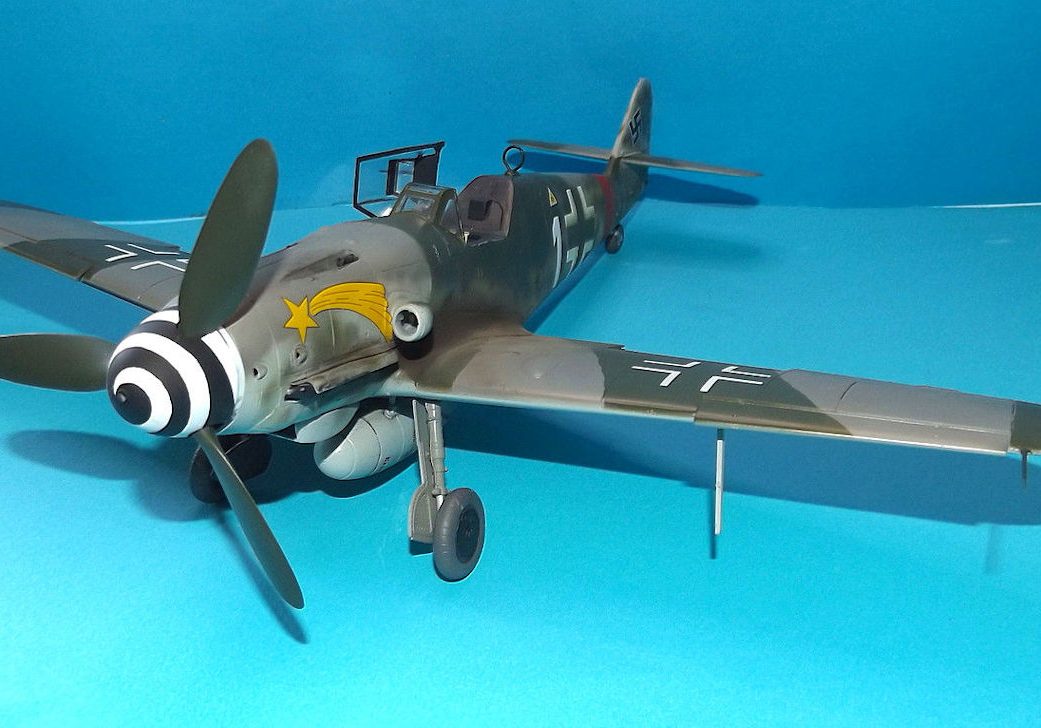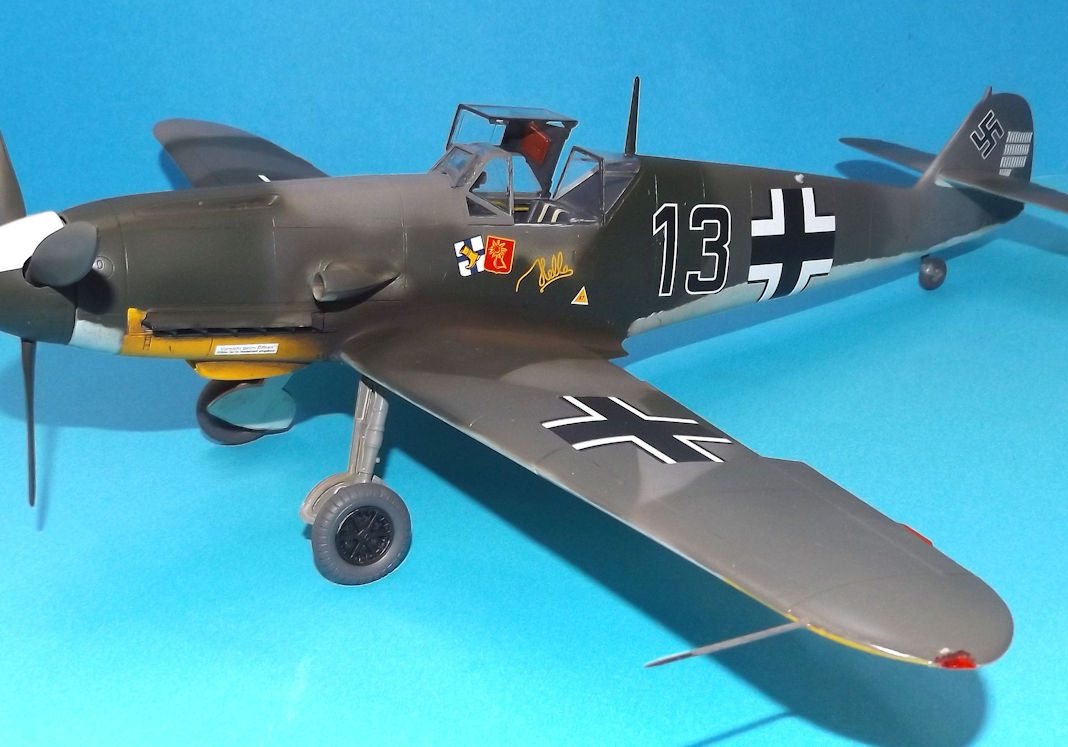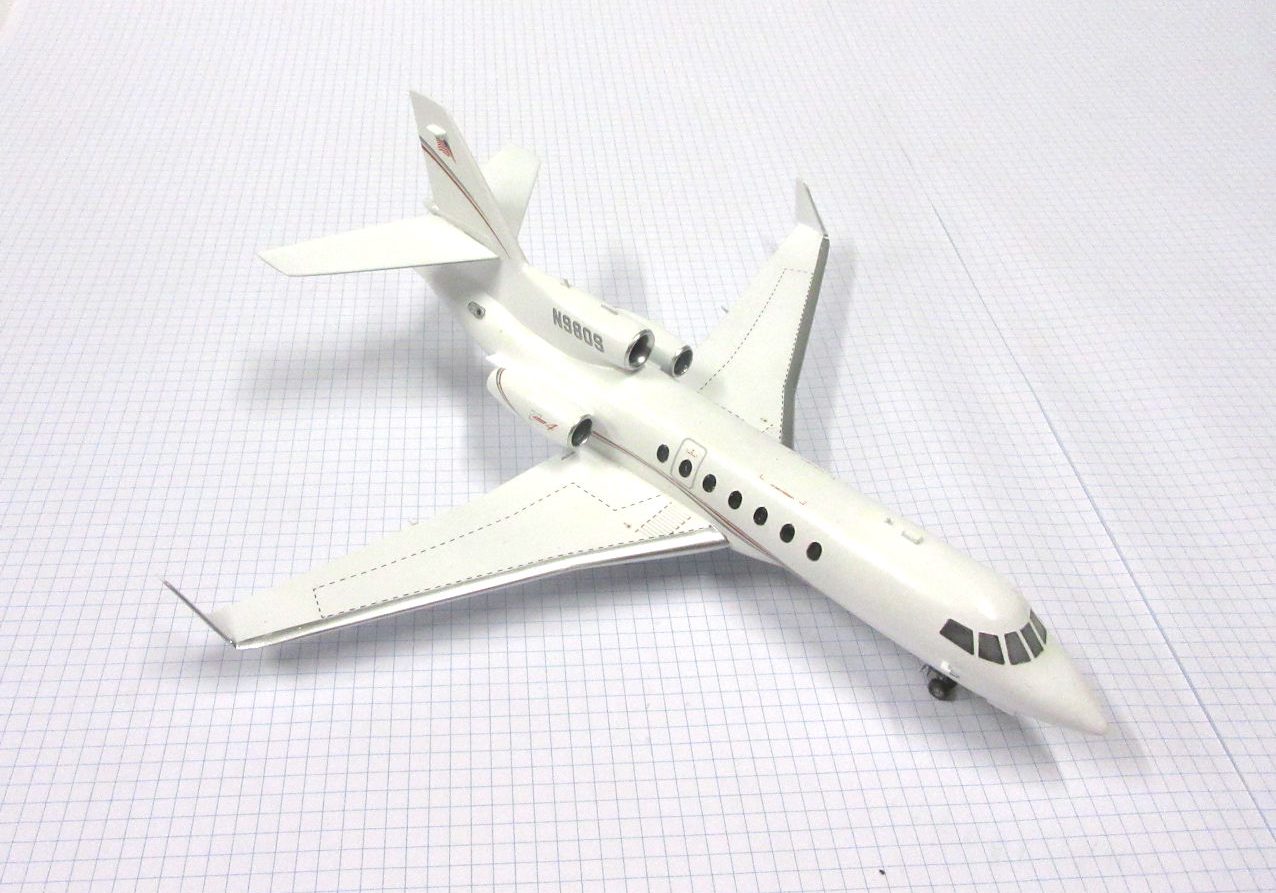History
The DeHavilland Comet was the world’s first jet airliner. After several catastrophic crashes it was grounded. The redesigned Comet 4 first flew in 1958 but, by then, it was overshadowed by new American jet airliners so it was not a commercial success.
The Comet 1 entered service in May 1952 but lack of experience with pressurised airliners meant there was a critical weakness in the design which led to several fatal crashes in 1953 and 1954 and the Comet 1’s grounding.
The redesigned Comet entered production as the Comet 4 which first flew on 27 April 1958 and began entering service in September that year.
They were the first jets to fly on the trans-Atlantic route but were soon surpassed by Boeing 707s and Douglas DC-8s.
The Comet 4B had a lengthened fuselage to carry more passengers but not the wing tanks to give it longer range so it was used by British European Airways on its shorter routes.
This model represents G-APMA in service with BEA in January 1969.
Airfix 1/144 kit with TwoSix decals completed by Leigh Edmonds in October 2022.

